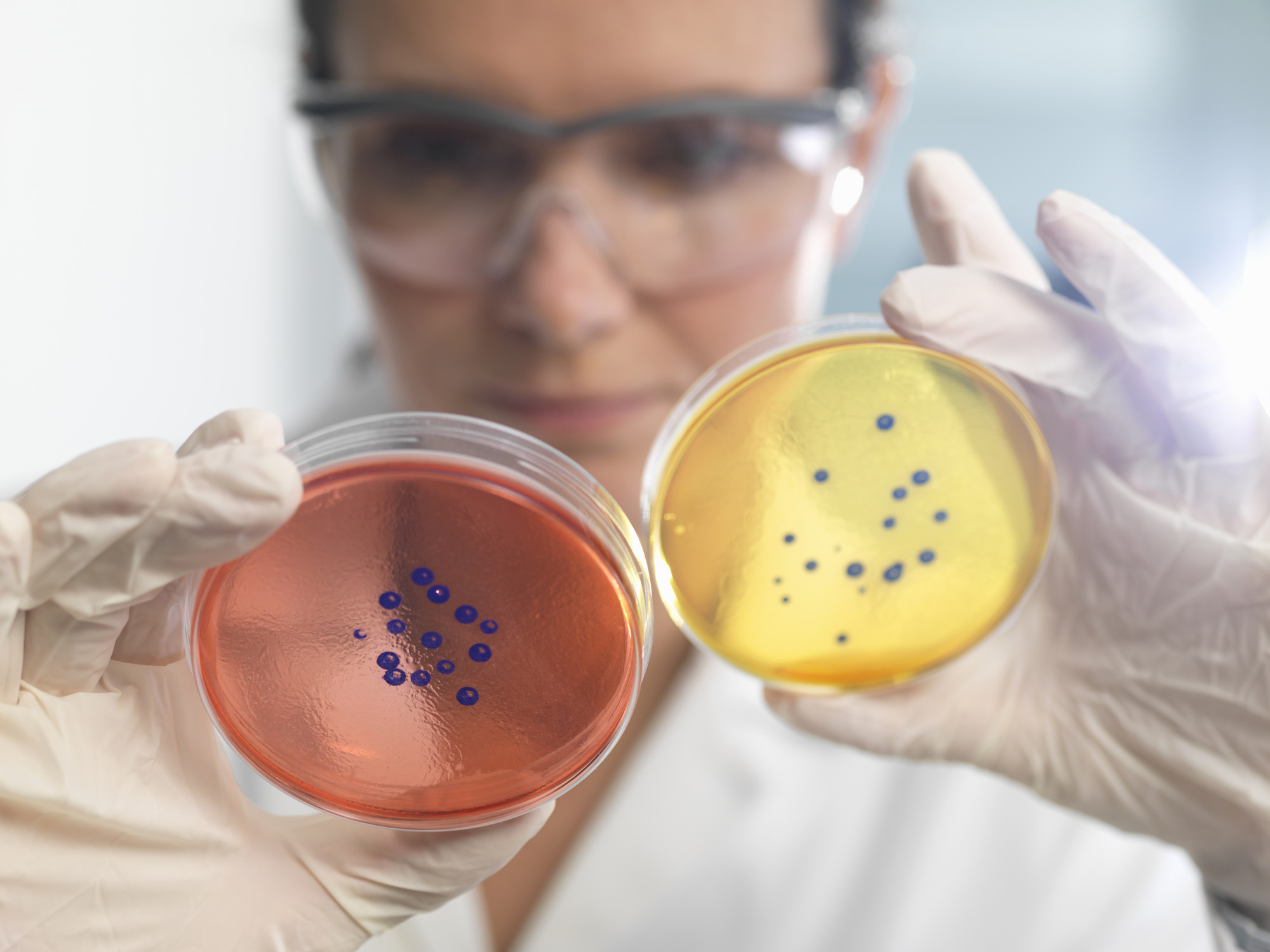Scientists have managed to do something truly groundbreaking. According to a new paper published in Advanced Science, researchers have created programmable cyborg cells that could help revolutionize medicine and environmental cleanup efforts.
The new research, which was carried out by researchers at the University of California, Davis, shows that it is possible to create semi-living cyborg cells that retain the capabilities of living cells, but are unable to divide and grow. It’s this inability to replicate that makes these programmable cyborg cells such an important breakthrough.
In order for artificial cells to truly be useful, they need to be able to carry out controlled actions. This isn’t easy when the cells can replicate, as they can quickly get out of control. However, by creating programmable cyborg cells that cannot divide and grow, the researchers have discovered a new type of artificial cell that can be controlled entirely.
 Image source: Rafe Swan / Getty Images
Image source: Rafe Swan / Getty ImagesBecause it can be controlled so well, these new cells could be extremely useful for cleaning up pollution and even as a targeted treatment for diseases like cancer. By most standards, engineering cells relies on two methods – remodeling existing cells or creating artificial cells with limited abilities. These new programmable cyborg cells introduce a third method, though.
Now, the researchers have shown that you can create artificial cells that you can program by using bacterial cells as the foundation. From there, they took the cells and added elements from artificial polymer, which was then exposed to ultraviolet light so it would build into a hydrogel matrix. This allows the programmable cyborg cells to endure higher stress than normal cells.
Interestingly, the researchers say they aren’t quite sure yet what stops the cells from replicating. That’s something they will need to figure out before these kinds of programmable cyborg cells can see wider use. But, the foundation laid here could open doors for a lot of new research that may prove extremely useful down the line.
This isn't the first time we've seen researchers doing amazing things with cells, either. Previously, scientists grew living cells on a robot skeleton, and we've even seen experiments that combined human brain cells with a living rat's brain.
The post Scientists created ‘cyborg cells’ that are partially alive, but can be programmed appeared first on BGR.
Today's Top Deals
- This $16 clip-on lens kit fits the iPhone or any Android phone, and it’s awesome
- Amazon deal offers a 7-inch Android tablet for under $43
- Save 61% on a 6-port USB rapid charger on Amazon
- Save 75% on a Canon black and white multifunction laser printer on Amazon
Scientists created ‘cyborg cells’ that are partially alive, but can be programmed originally appeared on BGR.com on Sun, 5 Feb 2023 at 12:06:00 EDT. Please see our terms for use of feeds.

